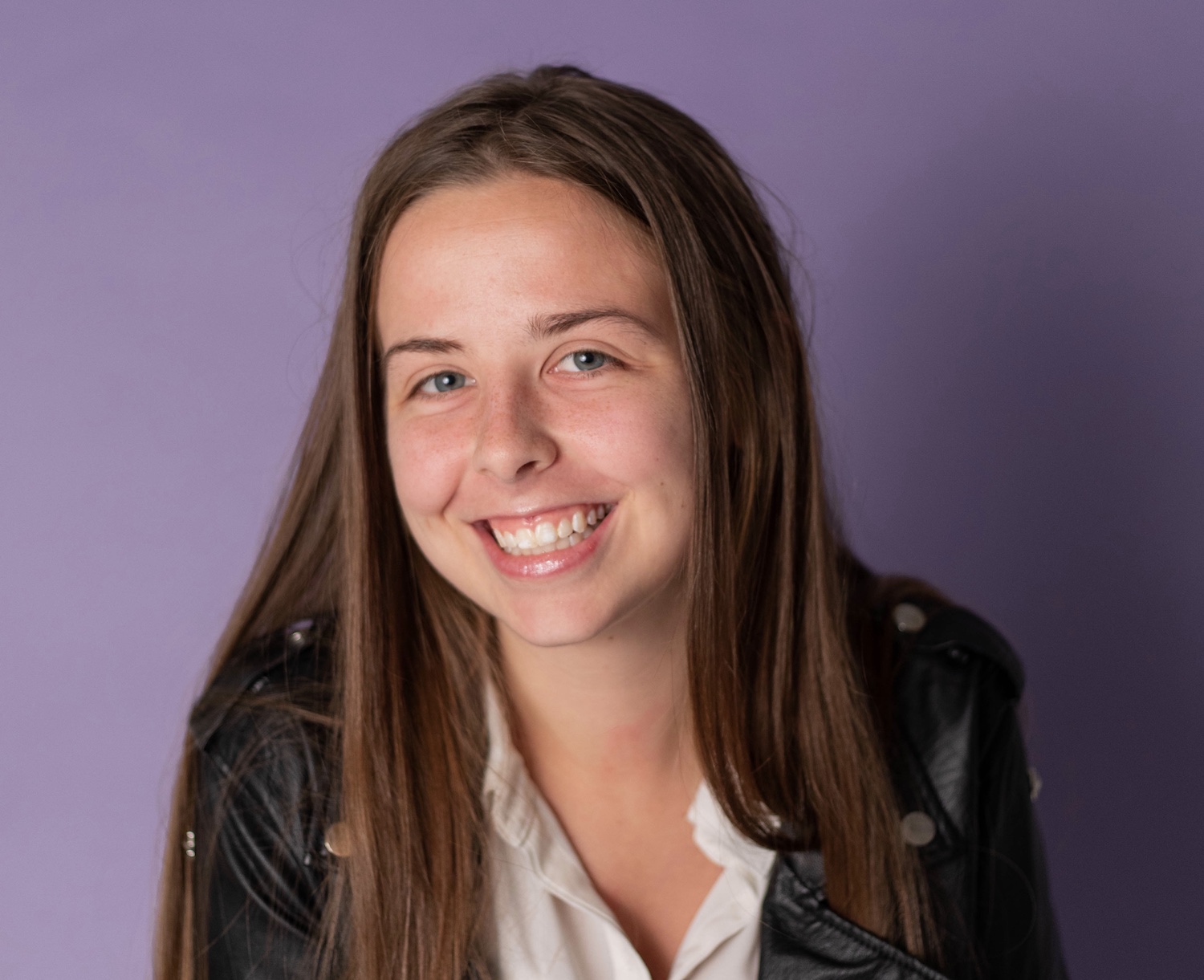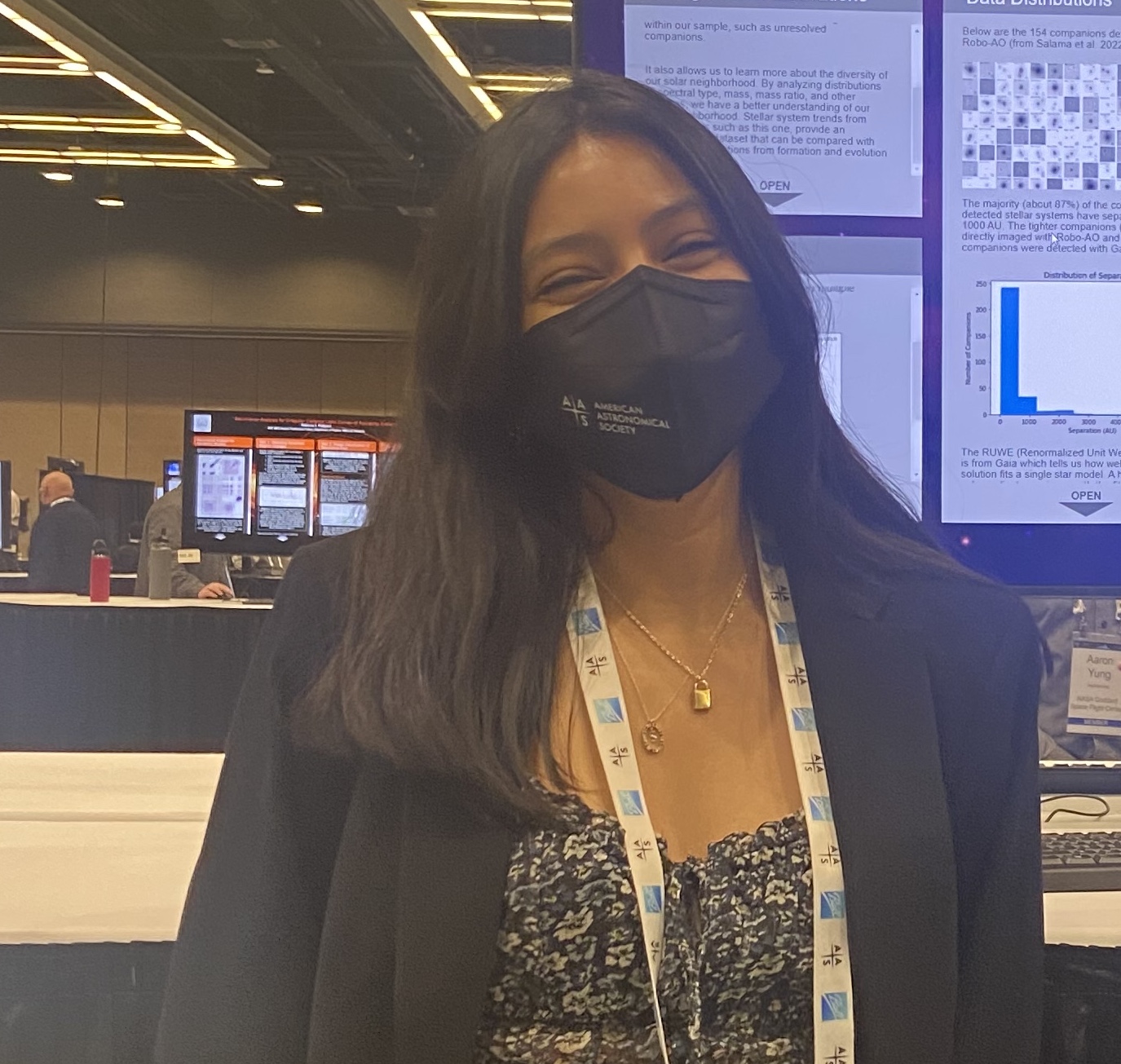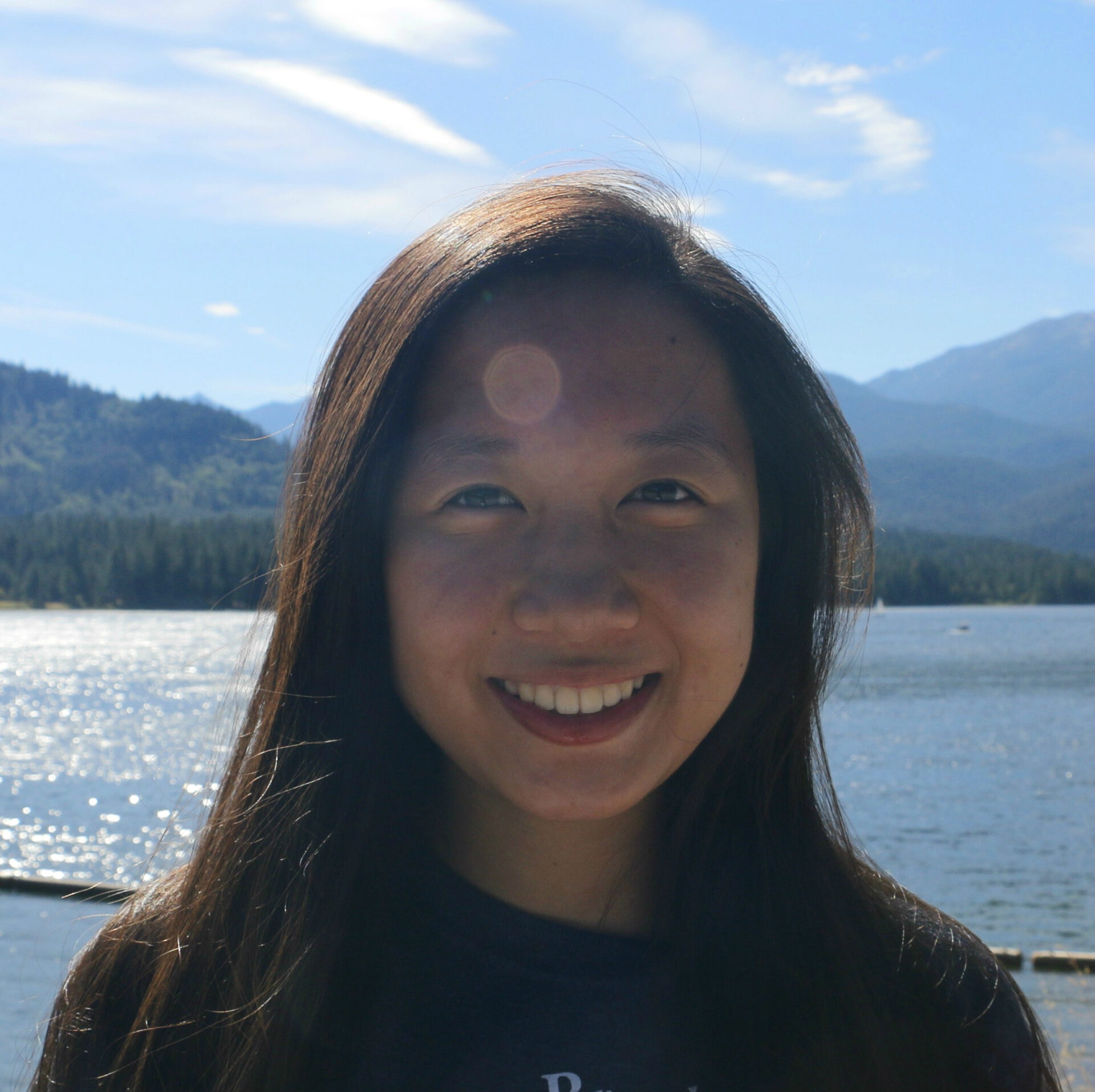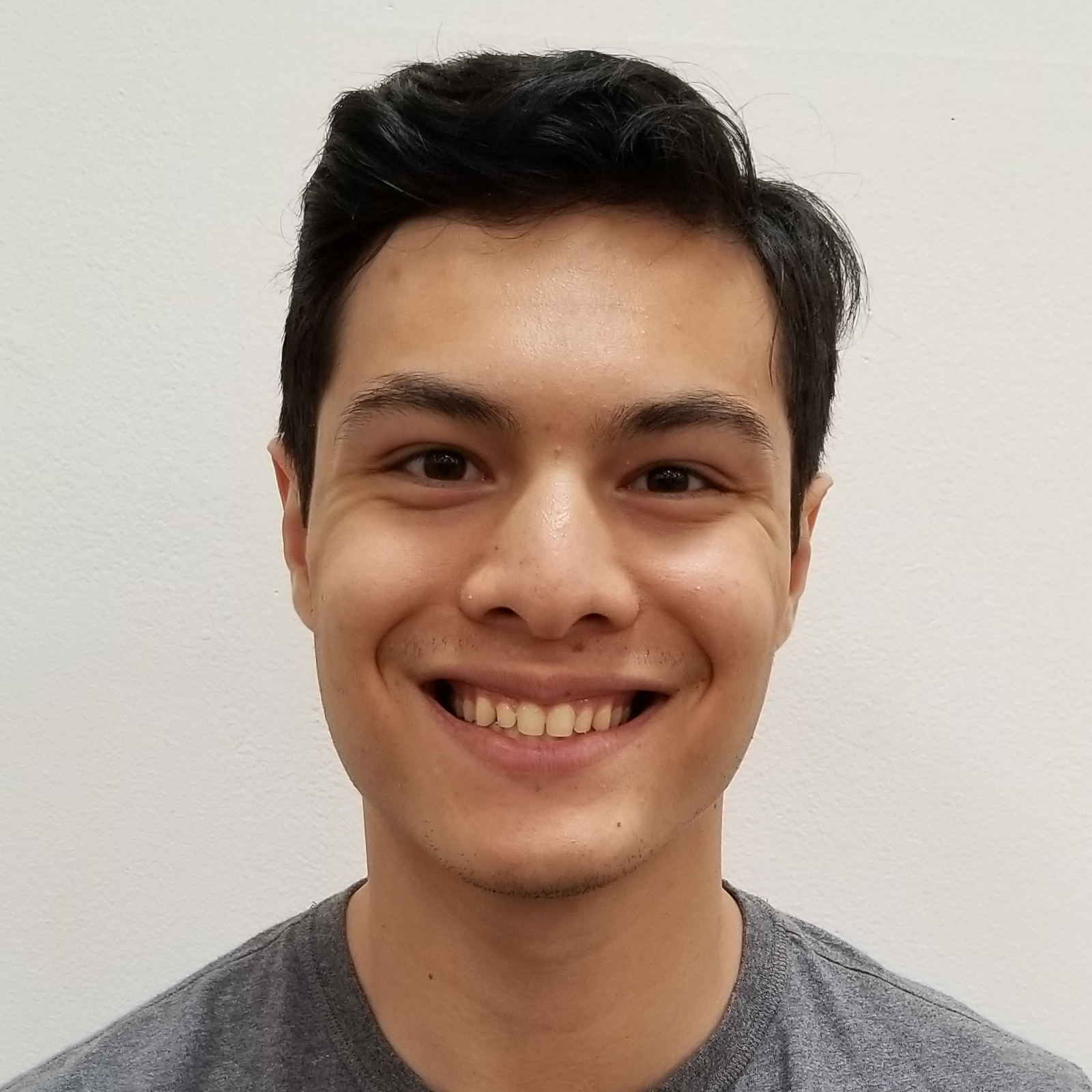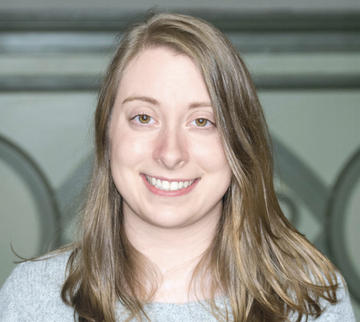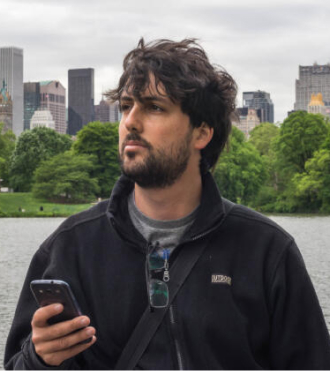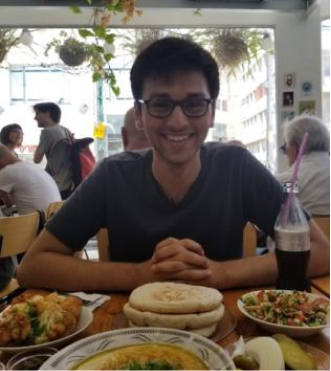I am developing a constellation of 300 Cube Satellites to study star death and afterlife by providing all-sky, all-the-time observations. These satellites will detect transient phenomena across the sky to constrain the populations of black holes in the Universe, the rate of supernovae, and the different formation paths of compact objects. My contributions to the CuRIOS project include designing the preliminary optical system and orbital plan, identifying the optimal detector for the mission, creating code and simulations for data analysis and prediction, and organizing a larger team of scientists and engineers. I will characterize the camera used on board each CuRIOS satellite, use simulations to predict the number of black holes, supernovae, and optical counterparts to gamma-ray bursts that will be detected by CuRIOS.
Explorer Categories: Astronomy, Statistics, & Mathematics
Jacqueline R Blaum
Using machine learning, I am working to improve the utilization of eclipsing binary light curves by applying likelihood-free inference (LFI) to infer parameters of these systems. Upon completion of the project, I will apply the neural density estimator (NDE) to millions of eclipsing binaries from various surveys, and I will make the NDE publicly available for future studies.
Sangeeta Kumar
I am a senior studying astrophysics at Berkeley. I transferred to Berkeley from my hometown community college, Folsom Lake College. I became interested in astrophysics because I have always wanted to contribute knowledge about our universe and I love to learn. I enjoy swimming, painting, and hanging out with my friends. One of my favorite places I have visited is Venice, Italy.
Michelle Yu
I am a PhD candidate in the statistics department. My current research aims to improve gridded data products for snow water equivalent (water quantity in snow). Since snowmelt is a vital resource for meeting freshwater and agricultural demands, understanding the amount of water that snow will yield each year is essential for short- and long-term planning. Through my work, I hope to support water resource managers in making more informed decisions on water allocation, irrigation practices, and flood and drought control to ensure that communities have access to dependable supplies of food and water and are protected against snow-related hazards.
Massimo Pascale ⭐️
I’m a fourth year grad student in Astronomy at UC Berkeley, where I work with Liang Dai on gravitational lensing, specifically on dark matter substructure and lensed stars/star clusters. When I’m not doing astronomy, I enjoy powerlifting and spending time with friends!
Emma Turtelboom ⭐️
I’m a graduate student in the astronomy department at UC Berkeley, and my research focuses on exoplanets, which are planets orbiting stars other than our Sun. I am interested in learning about how similar (or dissimilar) other planetary systems are to our own Solar System. I also enjoy baking and hiking!
Ellianna Abrahams
Ellianna is building and implementing physics-informed machine learning architectures that accelerate discovery and analysis in astrophysical and earth science settings. A coastal polynya is an area of open water, bounded on one side by land ice, and surrounded on all other sides by sea ice. I am working to create a dataset by developing a deep learning image segmentation pipeline that incorporates the geography necessary for the creation of coastal polynyas. This study will help us to understand the rate at which coastal melting is occurring at the poles, which has long term implications for the continued use of the ocean as a natural carbon sink.
Daniel Brethauer
I am a graduate student at UC Berkeley studying cosmic explosions like supernovae and kilonovae that provide key insights into fundamental physics and stellar processes. My research on supernovae has focused specifically on stars that have shown signs of expelling substantial fractions of their own mass in the final decades to millennia before they explode as a supernova in an apparent ‘tantrum’ indicating the star somehow knows of its impending doom. While I look at data across the electromagnetic spectrum, my specialty is in X-ray data reduction and analysis with facilities like the Chandra X-ray Observatory and NuSTAR, both of which are space-based telescopes.
Guy Nir ⭐️
MSc and PhD from the Weizmann Institute in Israel. Led the commissioning of the W-FAST optical observatory, a robotic telescope that takes wide field images (~7 degrees-squared) at a high frame rate (25Hz), looking for fast and rare astronomical phenomena. Developed the software for observatory control, data acquisition and analysis for W-FAST as well as additional image processing algorithms.
Interested in small Solar System bodies and occultation surveys, rapidly changing variable stars such as short-period cataclysmic variables and low mass X-ray binaries, and fast optical counterparts to high energy astrophysical phenomena like GRBs or FRBs. Currently working on SkyPortal, an open source application to store, share, discuss, and process astronomical data, which can be used by small or large collaborations and projects in astronomy.
Nick Choksi
I am a graduate student at UC Berkeley, studying theoretical astrophysics with a particular emphasis on the formation and evolution of planetary systems (for more details about my research, see here). Before beginning my graduate work, I was an undergraduate at Berkeley, and received my degree in physics in 2019. Outside of research, I like to play tennis, hike, and eat lots of hummus.
